The Grocer’s 2017 Top Products Survey, THE definitive guide to the current state of the UK’s grocery industry
Brands be warned, supermarket slosh is on the rise. Retailers have sold an extra 13.9 million litres of own-label wine this year as branded volumes sank by 22.7 million (4.1%). Own-label value is up by £130.8m (11.2%). That’s the greatest own-label gain of the year.
But cheap plonk this isn’t. “Change in product mix is driving value growth,” says Kevin Chinn, marketing director at Yellow Tail owner Casella Family Brands. “It’s true that we (brands) have seen slight price increases coming through, but the main drivers of premiumisation have been the retailers.”
Data Box
Top 15 Wine Sales
Cheaper brands were hit hard. “Brands in the £4 to £4.50/bottle bracket have gone from profit to loss as the pound’s weakened,” says one source. “They tried to raise prices and lost space as a result. Wine is an agricultural product determined by macro economics. It has very little to do with consumer trends.”
In other words, brands like Hardy’s (down £36.5m; grocery’s greatest loss) have lost space not because drinkers are more discerning, but because it’s become unprofitable to sell them at the price shoppers are accustomed to paying. Own label is filling that gap.
“There are instances where there’s a benefit to own label in terms of margin, but the benefit also gets passed on to the consumer,” says Paul Schaafsma, CEO of Broadland Wineries. “But brands have a part to play. They just need do justify their reason for being there.”
That takes marketing and NPD. McGuigan (up 14.6%) has launched two malbecs while continuing its tie-up with TV chef John Torode, for example. Pricier brands Barefoot (up 27.1%), Yellow Tail (up 10.7%) and Campo Viejo (up 9.8%) have used similar tactics. Higher price means they’re better positioned to absorb the impact of currency changes too.
Some now want to challenge own label in sparkling wine, up 50.2% since 2012 thanks chiefly to retail exclusives such as Tesco’s Plaza Centro. Freixenet and Martini have launched proseccos and Pernod Ricard wants to grow Campo Viejo Cava, claiming there’s a “huge opportunity” to drive sector value.
Particularly given that champers volumes have plunged by 1.6 million litres this past year. A chance for pricier (or English) fizz?
TOP LAUNCH

The Banished by Treasury Wine Estates
Wine brands aren’t typically known for their edginess. But the latest addition to Treasury’s fledgling 19 Crimes brand, whose concept centres on ‘rogues’ exiled to Australia, isn’t pitched at the average mass market vinophile. Instead, Treasury is targeting millennial blokes, a relatively neglected demographic. No vintage or grape varietals adorn the bottle: it’s simple, appropriately sinister and stands out on shelf. The Banished is a great example of a large supplier thinking outside the box.
The Grocer Top Products Survey 2017: Up!

A plummeting pound has sent food & drink prices flying, with 93 of the 114 sectors analysed in our annual roundup inflating
- 1
- 2
- 3
- 4
- 5
- 6
- 7
- 8
- 9
- 10
- 11
- 12
- 13
- 14
- 15
- 16
- 17
- 18
- 19
- 20
- 21
- 22
 Currently
reading
Currently
reading
Alcohol: Wine: plummeting pound hurts cheap plonk
- 24
- 25
- 26
- 27
- 28
- 29
- 30
- 31
- 32
- 33
- 34
- 35
- 36
- 37
- 38
- 39
- 40
- 41
- 42
- 43
- 44
- 45
- 46
- 47
- 48
- 49
- 50










































































































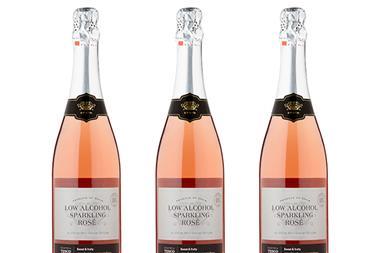

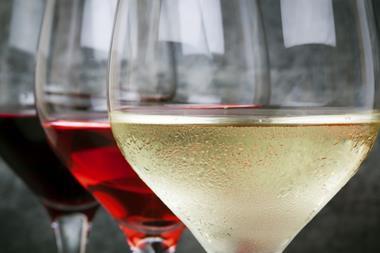
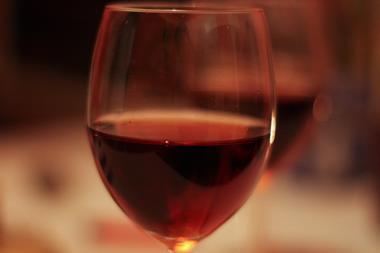
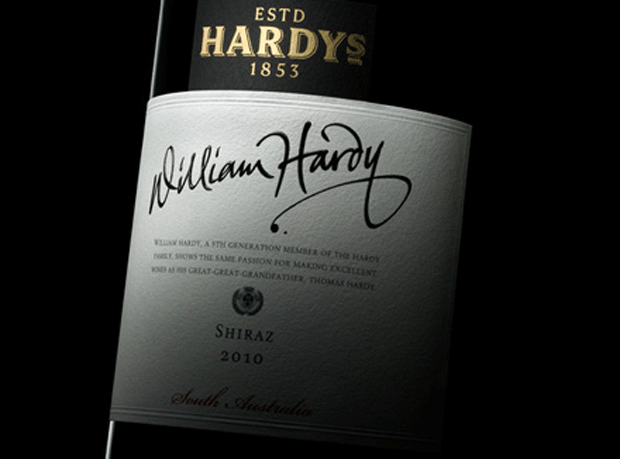
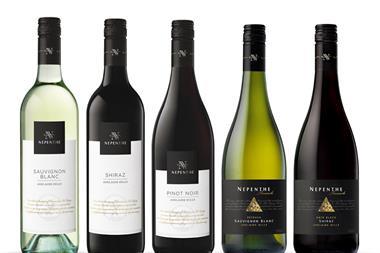






No comments yet